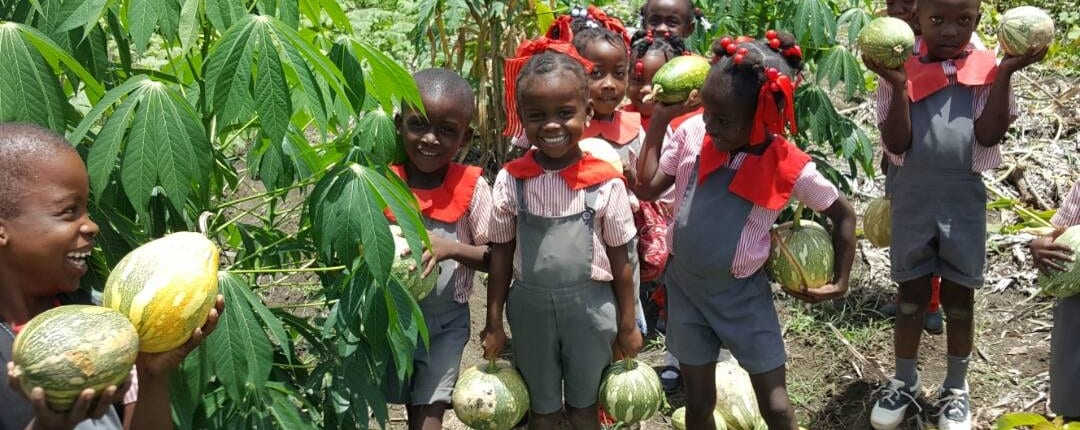Humanitarian Resources
The following resources were compiled as a result of the work I’ve done in Haiti, through my small nonprofit called Global Freedom Project. This organization was created to serve some of the poorest, rural, small family farmers. The goal is to come up with quality, innovative solutions for a few communities that would allow them to enjoy an above average level of self sufficiency, and then to share those solutions with others.
1. Syntropic Farming
Regenerative agroforestry at it’s best. For those who are not familiar with syntropic farming, it can accurately be described as farming that is achieved through forest mimicry. It is beyond organic and beyond sustainable, because it can be implemented with hand tools and minimal inputs, but over time produces an abundance. What is most valuable, is that once the farmer understands the principles behind this approach, it is highly versatile. A farm system can be designed which will supply food, timber, animal fodder and other natural resources. Click the title to learn more and get access to the free, custom educational manuals that are designed especially with developing countries in mind. Or check out this short video which gives a great overview of the method and the man behind it: Life in Syntropy.
2. Vetiver Latrine
A very inexpensive, biological, pit latrine which can be installed with 2 days of labor. In Haiti, the average total cost for labor and materials is about $50! Although this is primitive, it works. For communities that open defecate and must deal with the fecal-oral diseases that come with lack of sanitation, this is an immediately accessible solution. Click on the title, to learn more and get a free downloadable guidebook.
3. Natural Remedies
An ancient remedy known by many cultures to kill stomach parasites, is now supported by clinical research. That remedy is papaya seeds! It can be easily grown in many developing countries, so that even the poorest have access to some of the medicine they need. Click the link to get more information, including a free pdf which guides you in the proper usage of this powerful treatment. English: https://www.healthy-mind-body.com/humanitarian/papaya-seed-antiparasitic-guide.pdf or Kreyol: https://www.healthy-mind-body.com/humanitarian/gid_parazit_grenn_papay.pdf.
4. Food Preservation
Learn about different ways to preserve food grown on the farm and add value. These methods help both by giving the farmer food security and also by increasing the chances they can earn a fair income for their hard work. Currently in Haiti, I am testing passive, hybrid, solar dehydration and hand powered flour grinders.
5. Natural Building
Even the simple concrete homes with tin roofs in Haiti are too expensive for the average person. One of the most common complaints at community meetings, is not having enough money to finish building a home. For that reason, natural building techniques could potentially offer the people a low cost alternative. My final conclusion with this earthbag building project was that although this is viable solution, it requires a lot more problem solving and in the end, will only make sense for certain situations. It is unlikely to become a widespread solution for Haiti as a whole.
I completed a pilot project by building a 5 X 7 meter large community center using earthbag walls. So that the building would appeal to the people I served, I used a standard rectangular shape with cement plaster over the walls and a tin roof. The major advantage to this method is that it is more earthquake resistant and cooler than concrete walls. Unfortunately the cost was not less than building a concrete home and it required substantially more intensive labor. I was disappointed by the higher than expected cost, leading me to conclude that this method would not easily become a widespread alternative. However, there are ways the cost could be reduced. First would be to source the earth needed in the wall construction, onsite. I had to pay to have it excavated and transported. The best scenario would be if there was already a need to excavate onsite, such as for a below-ground cistern, then the earth could be used to build the walls. Second would be to use a loose stone foundation and wood top plate. I used a cement foundation and top plate, both of which were costly. Third I could have built the walls with less rebar reinforcement. Lastly I could reduce the labor costs in future builds, by recipients to work for free. Because this was an experiment for me and could have been an unsuccessful method, I felt it was right to pay for the labor and take the risk for myslef.

